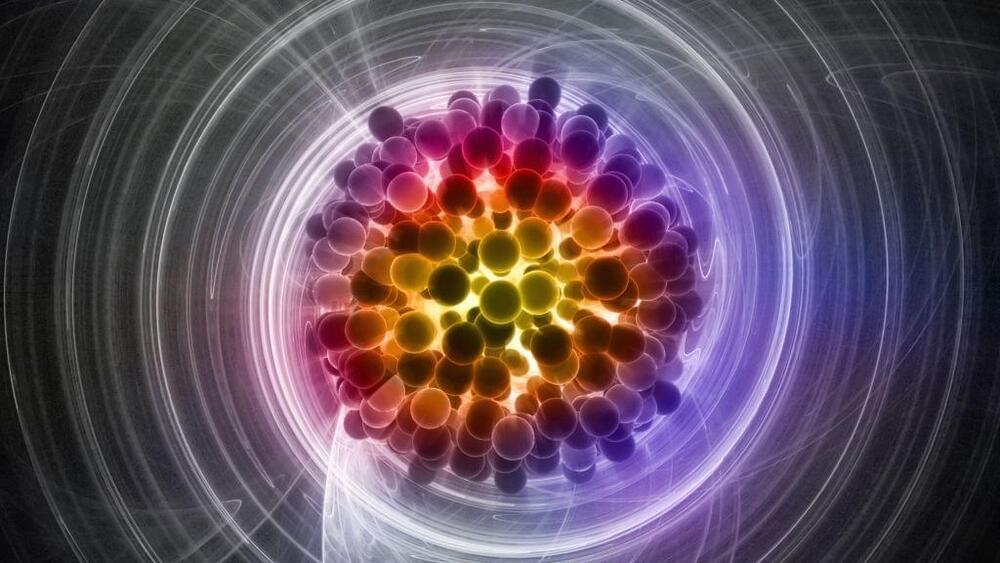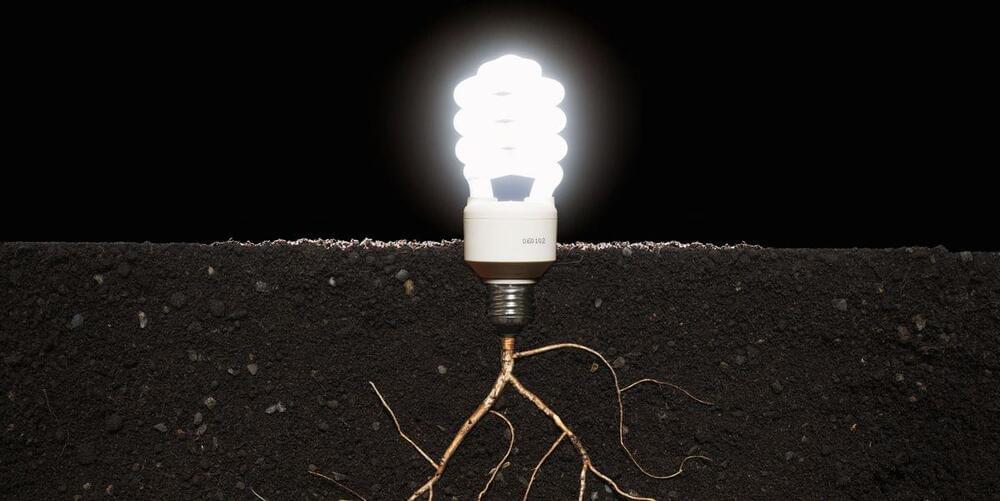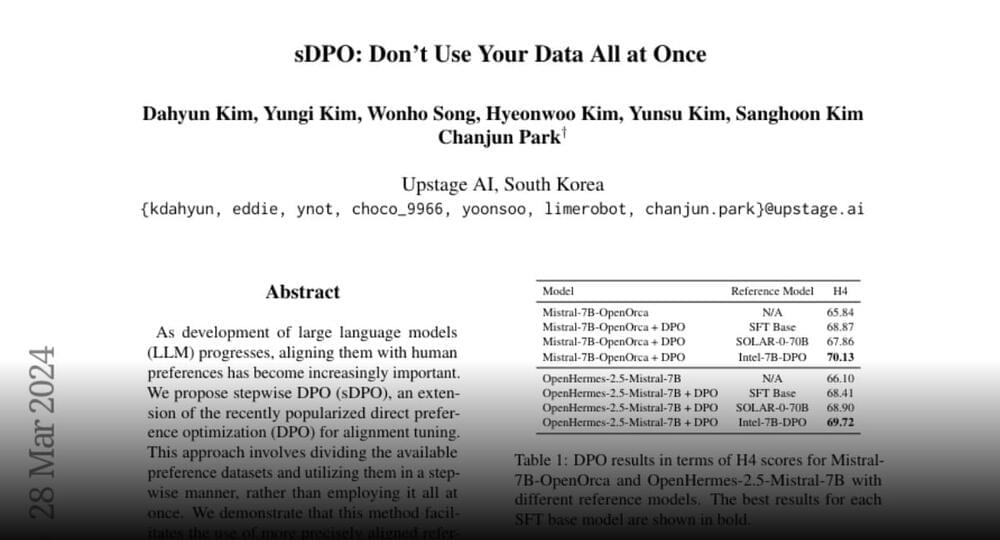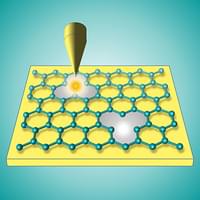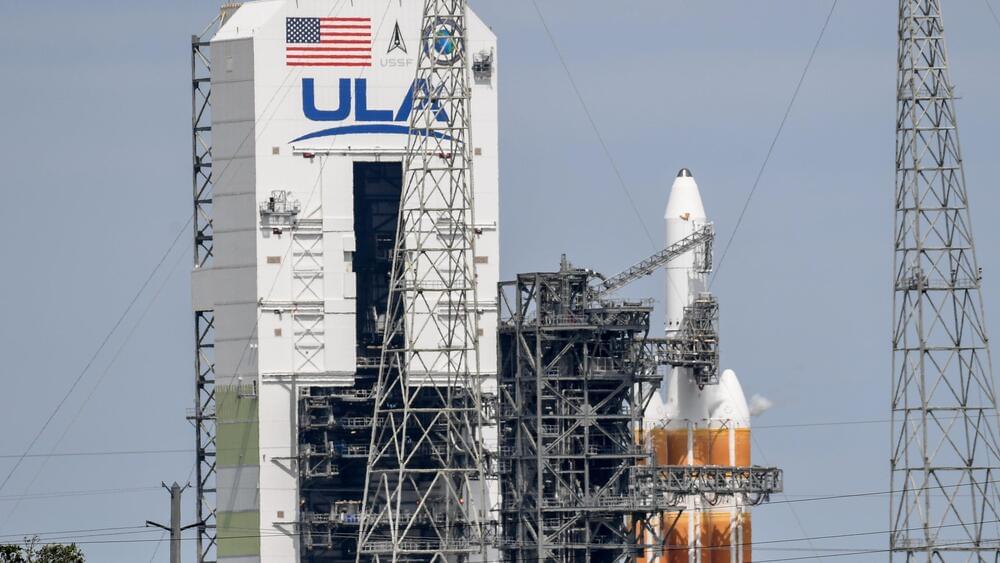Related: Scientists find ‘ghost particles’ spewing from our Milky Way galaxy in landmark discovery (video)
“Because like-charged objects in a vacuum are expected to repel regardless of whether the sign of the charge they carry is positive or negative, the expectation is that like-charged particles in solution must also monotonically repel,” the researchers wrote in the paper.
To test the assumption, the researchers placed charged silica microparticles (measuring just 0.0002 inch, or 5 micrometers, wide — a fraction of the width of a human hair) inside water or one of two types of alcohol. By tracking the charges with a microscope, the team established that, inside water, the positively charged particles pushed themselves away from each other in accordance with Coulomb’s law.
